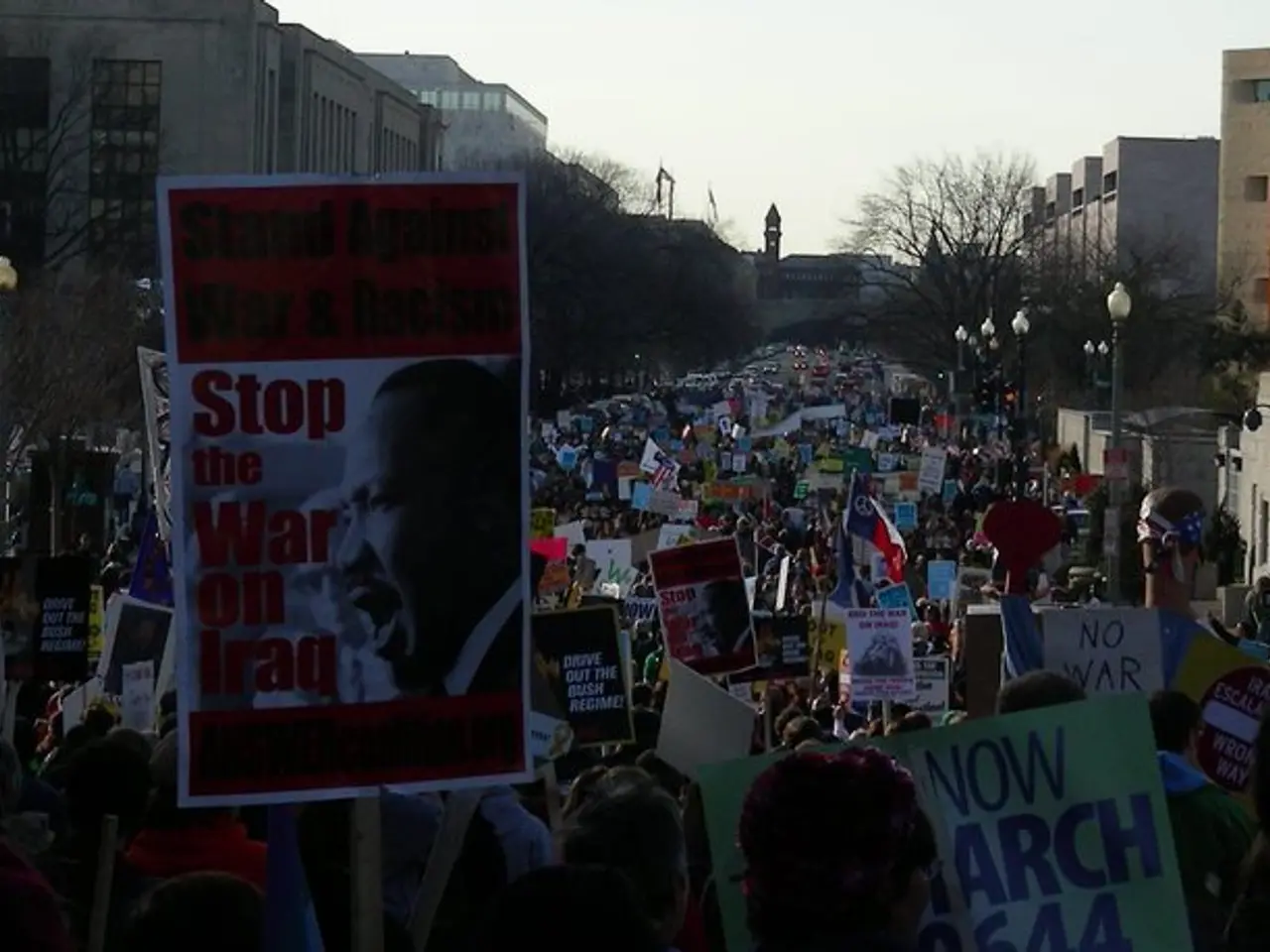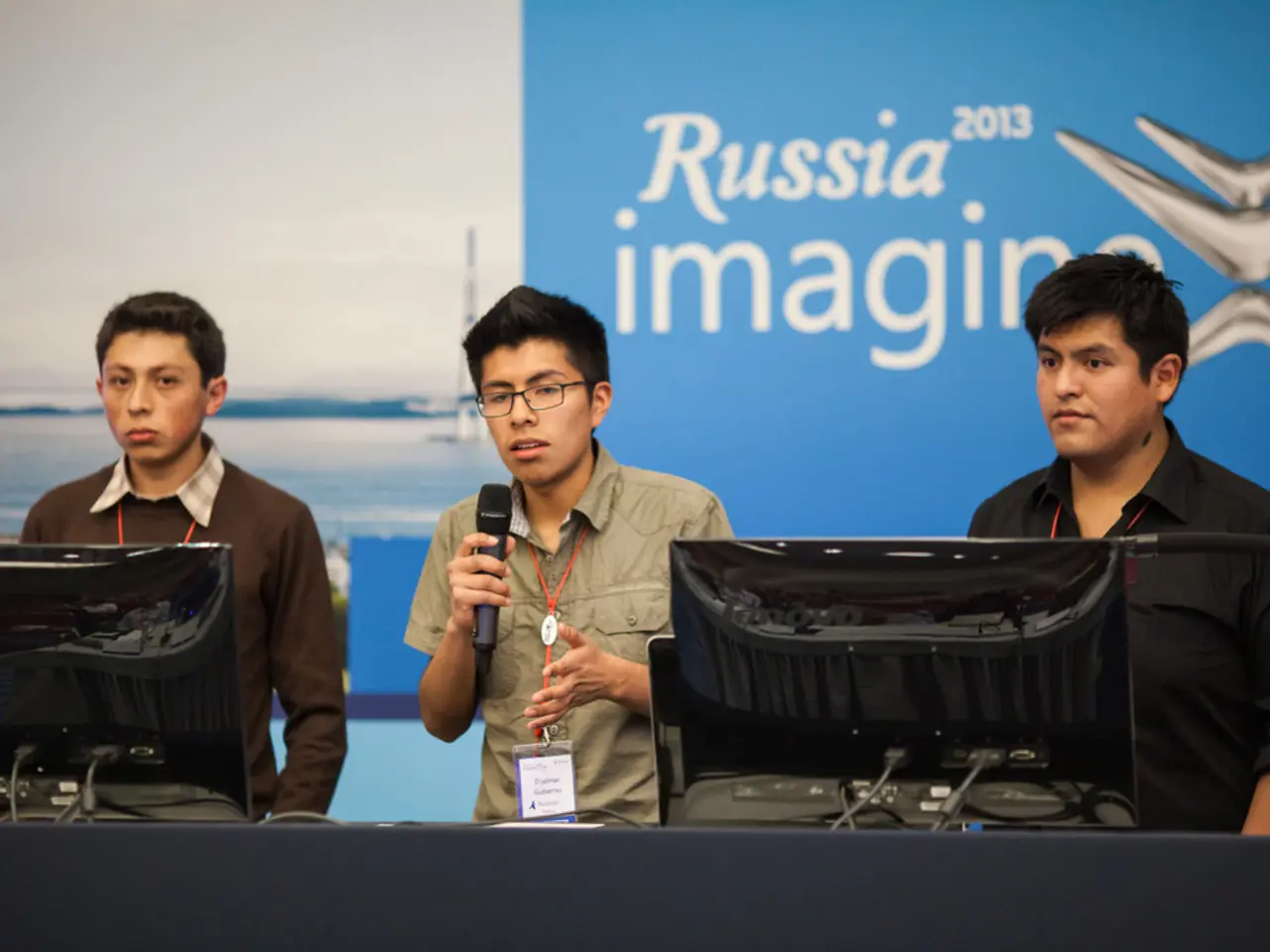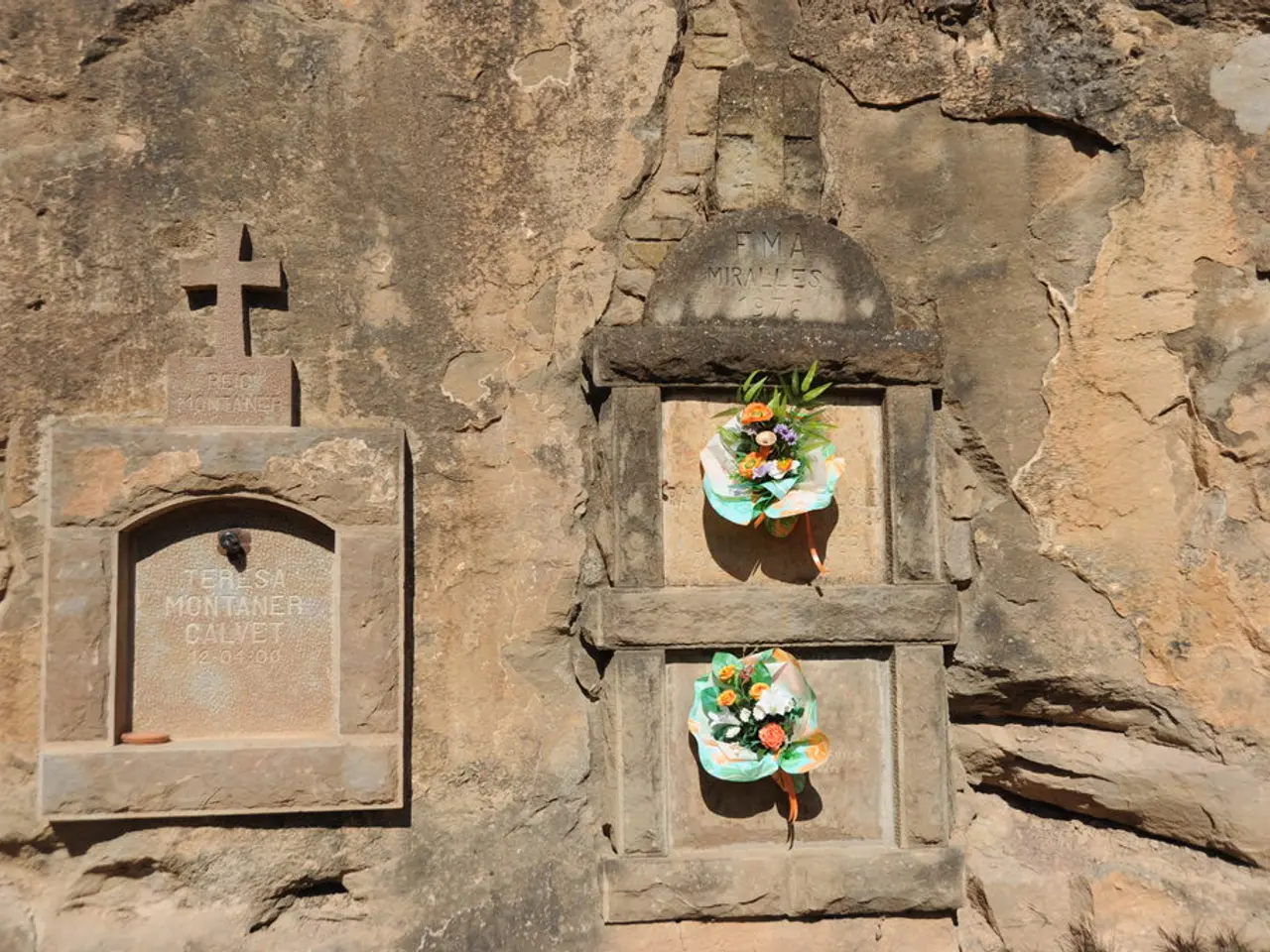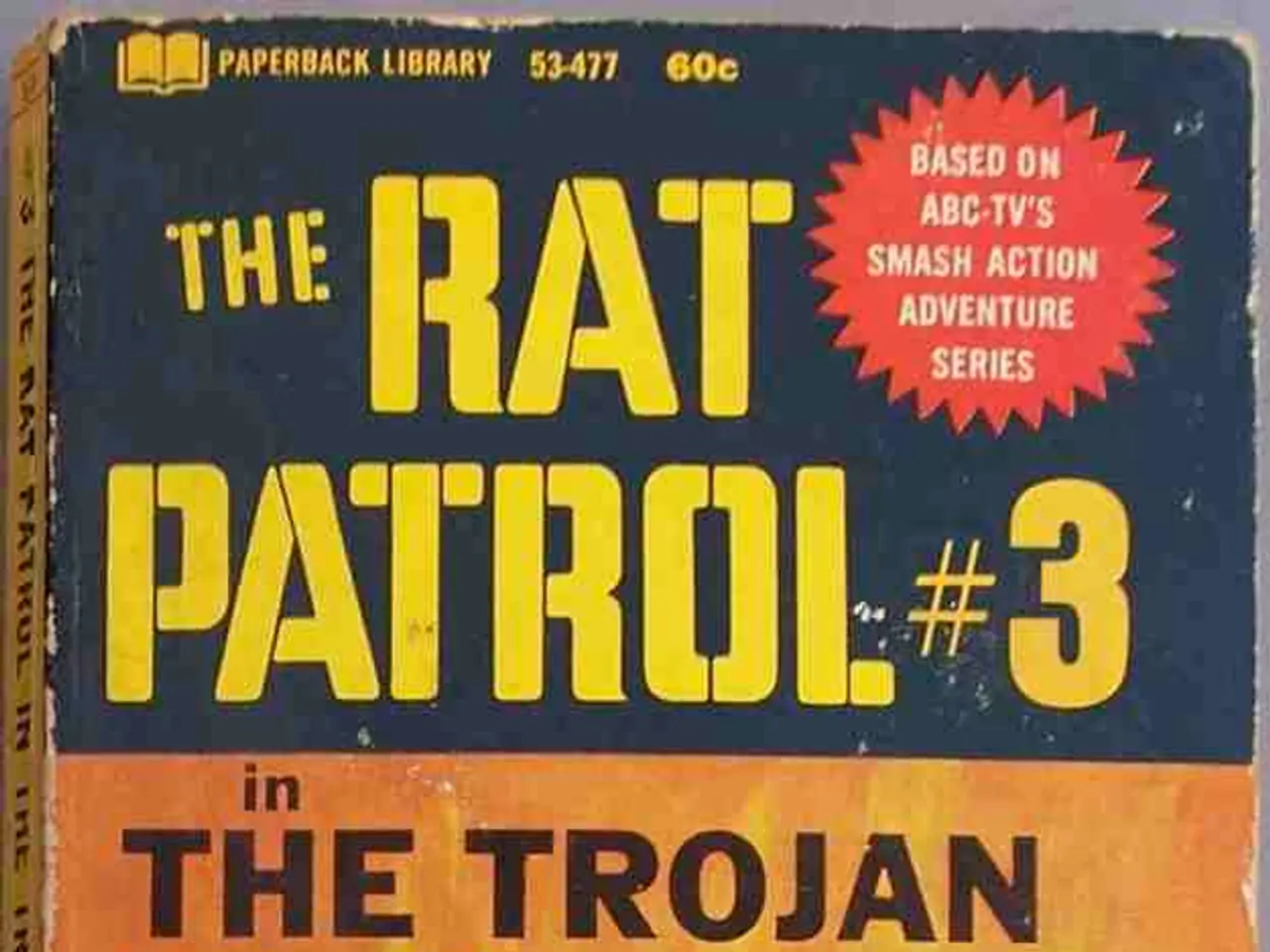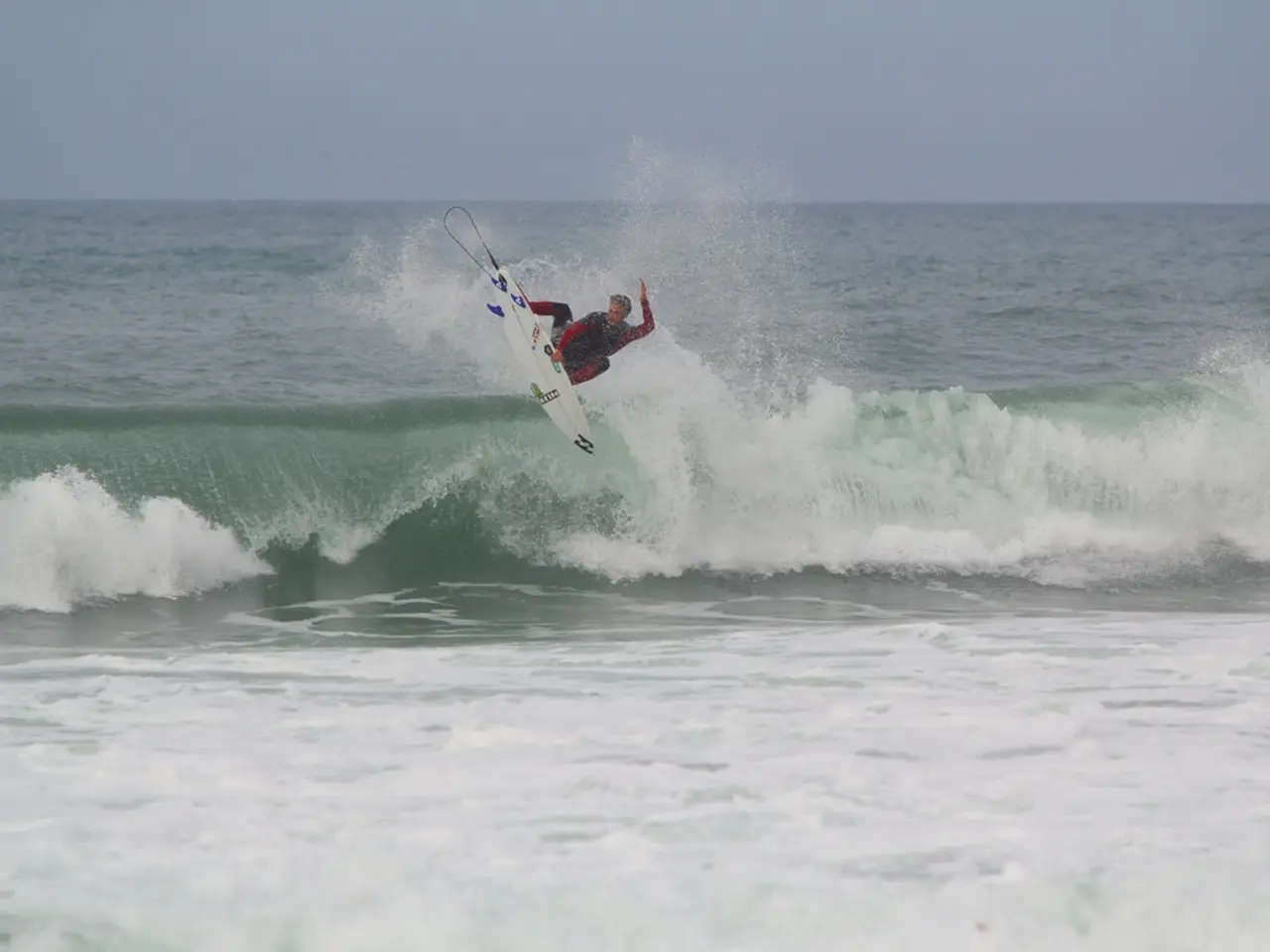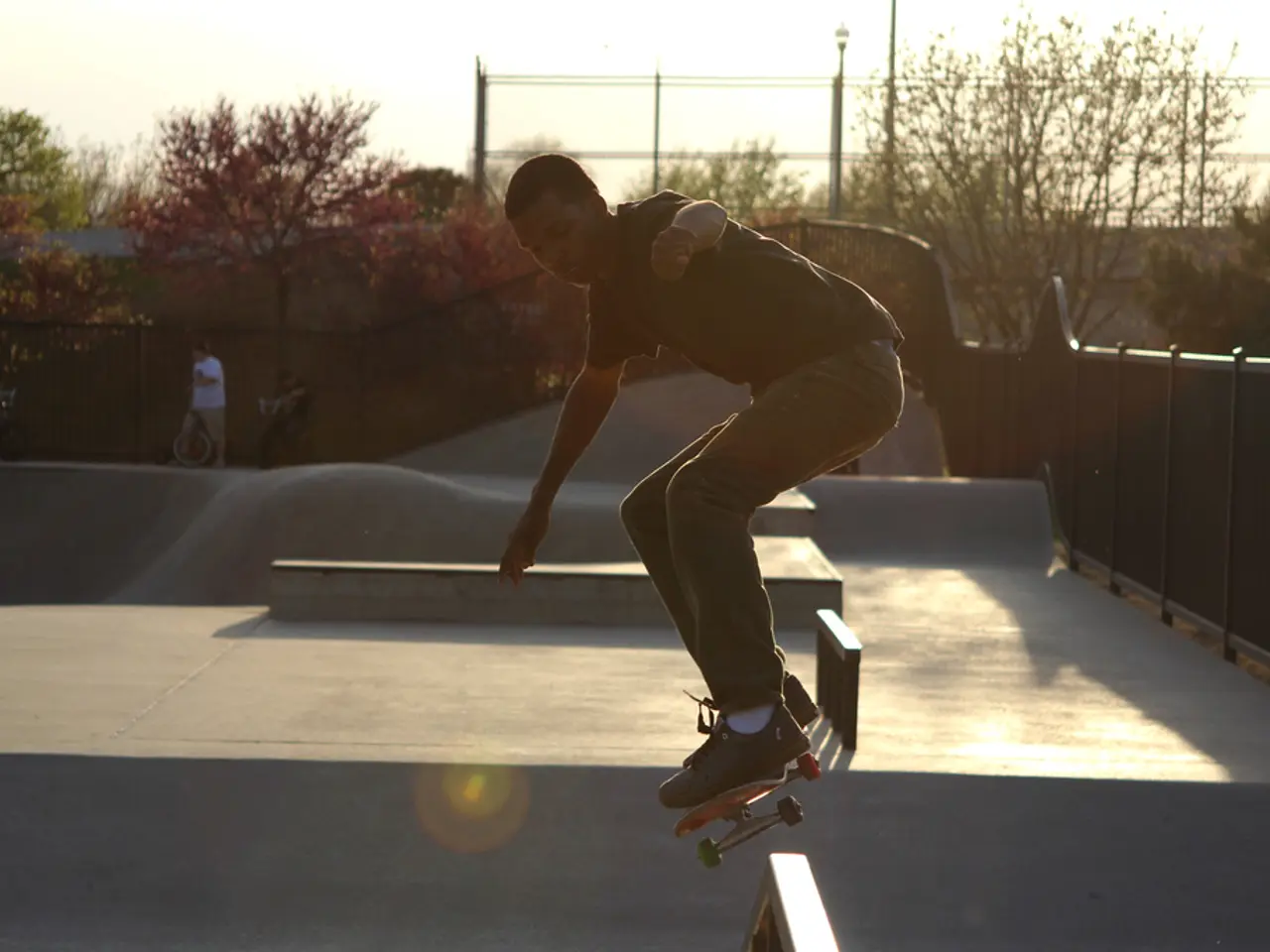Religious Resistance in Wuppertal-Elberfeld: Challenges Faced by the Catholic Community
Catholic Opponents of Hitler and the Laurentius Procession
On a summer day in 1935, the Gestapo and police arrested several youth participants of the Laurentius procession at the Kaufhof, a bold move against Catholic opponents of the Nazi regime.
The Laurentius procession, a traditional Catholic event, was targeted by the National Socialists as early as 1933. Activists from the Christian labor movement and members of the Center Party were among its participants. Notable figures such as Hans Carl and Maria Husemann also took part.
The SA, a wing of the National Socialists, was involved in attacks on Catholic figures. The regime regularly attacked Catholic activists, activists, and clergy, a fact that historian Stracke emphasizes is not widely known. The arrest of the youth participants was not for their uniforms—white shirts and short pants, which were banned—but to deter them from active resistance.
The arrested youths were taken to the Von-der-Heydt-Gasse police station. This incident underscores the repressive measures the Nazis took against Catholic opponents. The regime rapidly moved to eliminate political Catholicism, rounding up members associated with it. There were arrests of clergy and confiscation of church property, efforts to intrude into ecclesiastical governance challenged by church leaders.
Priests and bishops who openly spoke against Nazi policies, such as Bishop Clemens August Graf von Galen, faced harassment and surveillance, and some clergy involved in resistance activities were arrested, imprisoned, or executed. The Nazis sought to co-opt or suppress religious groups that did not align with their ideology, contrasting these opponents with pro-Nazi "German Christian" movements seeking to merge Christianity with Nazi racial ideas.
The Catholic Church as an institution did not openly call for overthrowing the Nazi state but maintained some independence and coordinated limited opposition to Nazi interference in church autonomy and fundamental human rights. Catholic bishops and priests like von Galen, Jesuits like Alfred Delp and Augustin Rösch, who were active in the clandestine German Resistance, stood out as opponents.
This resistance was part of a broader Christian opposition that also included Protestant figures and groups such as the Confessing Church. However, the Catholic opposition was distinctive in its defense of church autonomy, human rights, and moral teachings against Nazi racial and totalitarian policies. The Concordat, a treaty between the Vatican and the Nazi government, did not protect Catholics from further persecution.
Today, participants are tracing the footsteps of these Catholic opponents, honoring their courage and remembering the struggles they faced. Historian Stracke, a participant in the event, emphasizes the importance of remembering this history to understand the resistance against the Nazi regime.
- The arrest of the Laurentius procession participants in 1935 was not just a matter of general news, but also a political move by the Nazis against Catholic opponents, highlighting the war-and-conflicts within the religious and political landscape.
- The Catholic Church's opposition to the Nazi regime was both a part of the wider Christian resistance and distinctively centered around defending church autonomy, human rights, and moral teachings, making it a crucial element in the broader context of war-and-conflicts and politics.
